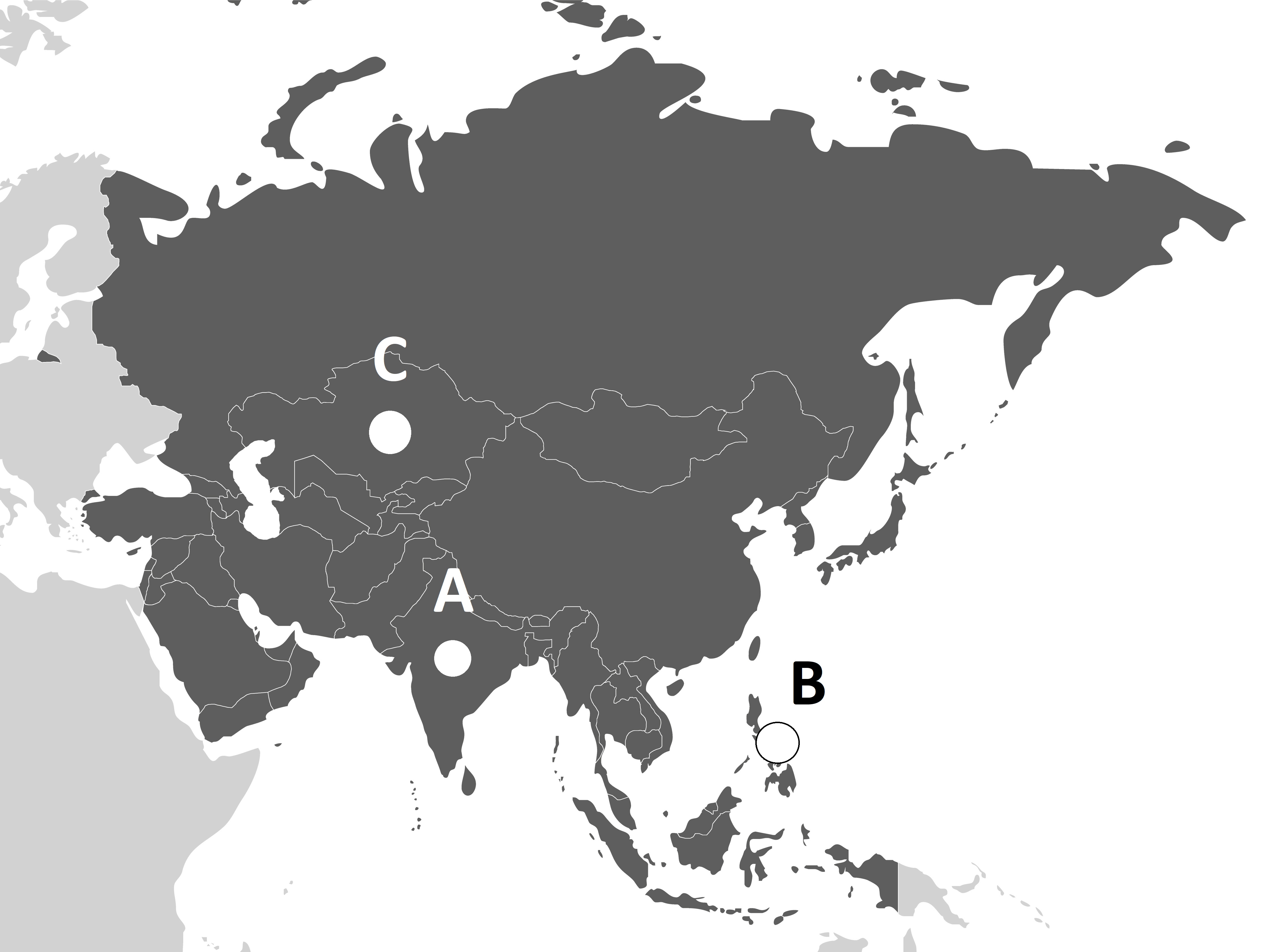
“Affordable and Clean Energy” is the topic of this unit.
■Learn the vocabulary and expressions related to energy
■Get to know and share your thoughts on the countries facing energy issues
■Give a presentation about energy issues







| 1. | According to the passage, what is not available to 2.4 billion people? |
| ____________ is not available to 2.4 billion people. |


| 2. | Did you do your research on the sub-textbook? Did you find an activity to solve the water and sanitation issues? Please tell me what the organization/association does and how you feel about it. |




In the next part, we are going to learn about “Affordable and Clean Energy”.

| 1. | Where is India? A, B or C? |
| The answer is _________. |



| 2. | What can you see in the pictures? Please describe as many as you can from each picture. |
 |
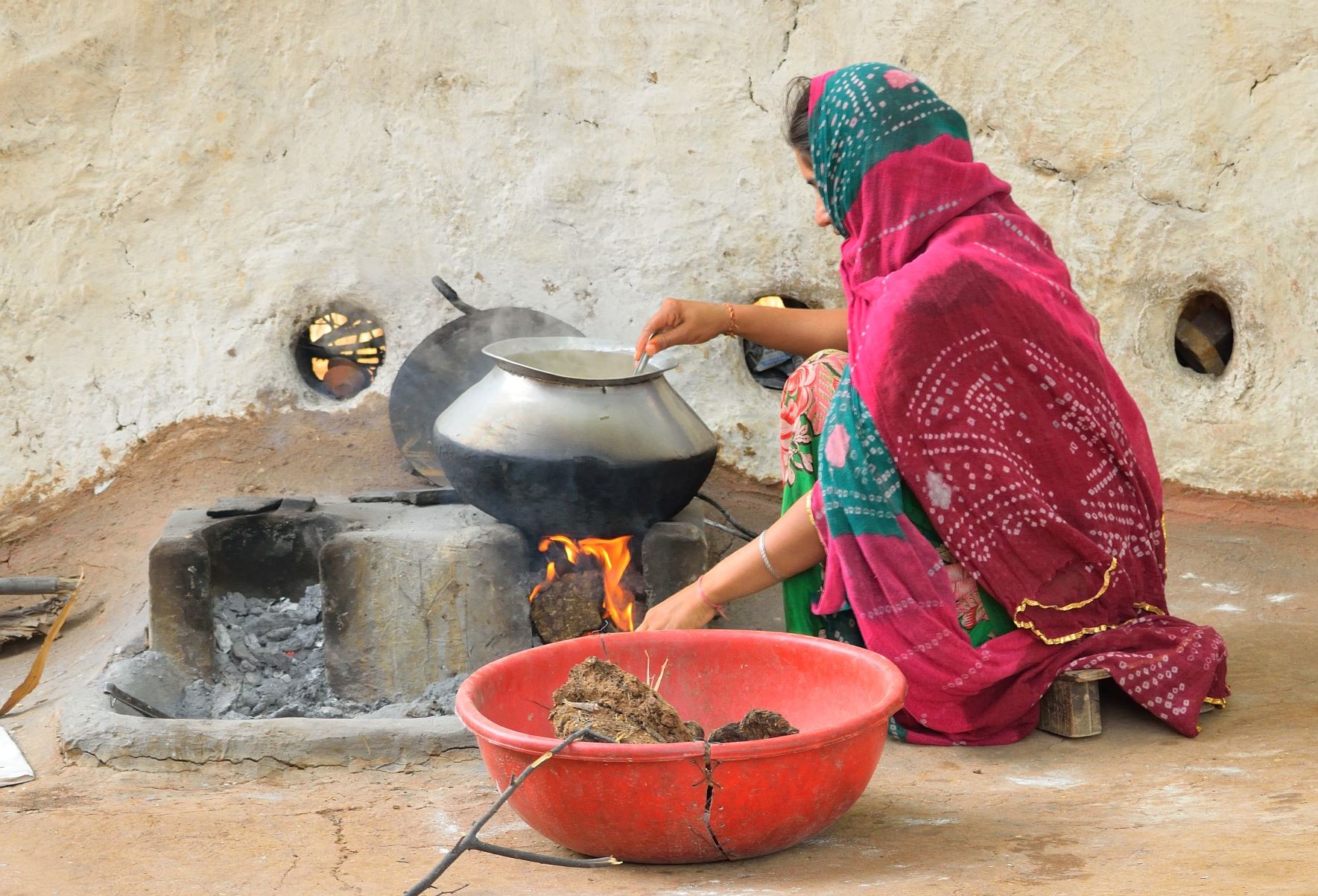 |
| Answer: |





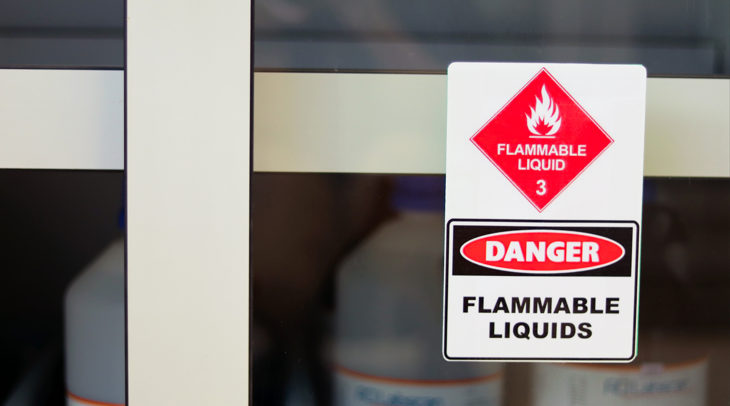
|
combustible 可燃性の
The majority of the people in the area continue to cook with combustible materials.
|
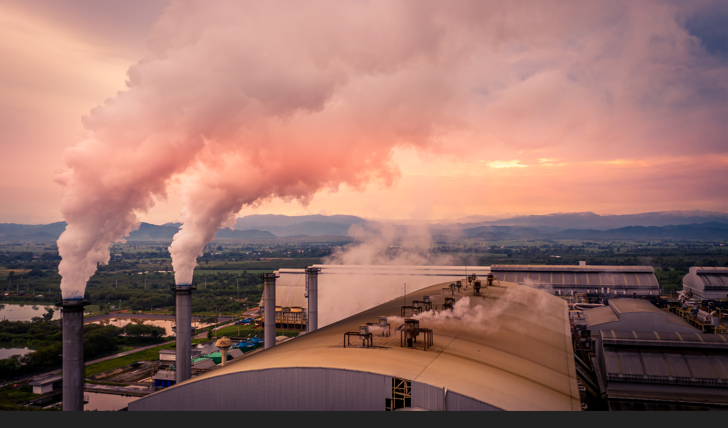
|
emission 排出物、排出
Industries are encouraged to reduce carbon dioxide emissions.
|
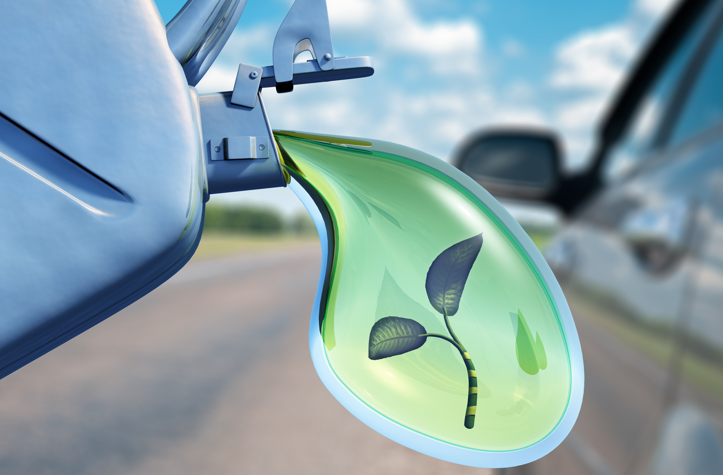
|
biofuel バイオ燃料
The government is working to legislate biofuel use.
|

|
replenish 補充する、活気を与える
They searched for mineral reserves to replenish those used in the past year.
|




| 1. | _______________ materials can be hazardous and toxic to people’s health. |
| 2. | Unless carbon _______________ are reduced, the environmental crisis will get worse. |
| 3. | Farmers will start using _______________ and wind energy to cultivate their crops. |
| 4. | Water from the well can be used to _______________ the canals. |




Then, let’s move on to the next part.

Indoor air pollution caused by the use of combustible fuels for household energy resulted in the deaths of 4.3 million people in 2012. 6 out of every 10 of these are women and girls. Noncommunicable diseases such as stroke, ischemic heart disease, chronic obstructive pulmonary disease (COPD), and lung cancer are all caused by air pollution.

The energy sector also significantly contributes to climate change, accounting for nearly 60% of global greenhouse gas emissions. In 2015, global greenhouse gas emissions were estimated to be around 47 billion metric tons, based on carbon dioxide equivalents.


| 1. | What diseases are caused by air pollution in homes? |
| Answer: |

To grow their crops more efficiently, innovative farmers have turned to biofuel. Growing biofuel crops is considered renewable because plants can be easily and quickly replenished. As a side benefit, producers can use oilseeds in multi-year crop rotations and have a reliable source of feed production.
Solar energy is clean, sustainable source of energy that is used for heating water, farming equipment, and buildings and barns. Greens and tropical fruits can be grown throughout the winter using solar power. Meanwhile, wind energy is the fastest-growing energy technology in the world. The wind’s force is transformed into mechanical or electrical energy, which is used by many farmers to pump water.


| 2. | What are the three renewable resources that can be used by farmers? |
| Answer: |






| In our daily lives, electricity is essential. Give two items in your home that consume the most electricity and share ways to reduce their consumption. |
| 1. | |
| 2. |


| Opening | Good morning/ afternoon/ evening. Today, I’d like to talk about (theme). I’ll discuss two things that consume the most electricity at home and how to reduce their consumption. |
| Body |
① (first item and way to reduce its consumption) ② (second item and way to reduce its consumption) |
Closing | These are some ideas I have for reducing electricity consumption at home. Thank you for listening. |

| Opening | Good morning/ afternoon/ evening. Today, I’d like to talk about (theme). I’ll discuss two things that use electricity the most at home and how to reduce their consumption. |
| Body |
① __________________________________________ ② __________________________________________ |
| Closing | _____________________________________________ |



| Answer: |




